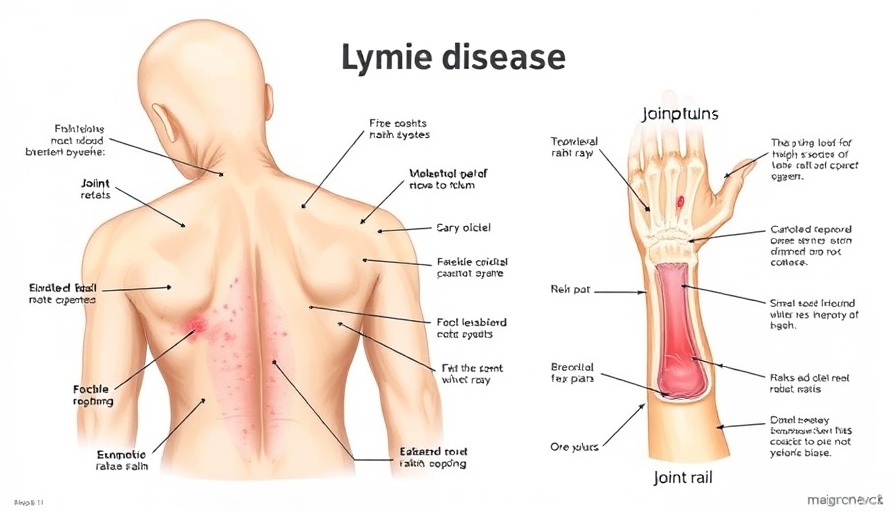
The Silent Threat: Understanding HTLV-1
The human T-lymphotropic virus type 1 (HTLV-1) may not be as well-known as other viruses, yet it poses a significant risk to millions worldwide. Recent studies estimate that up to 20 million people are infected with this insidious virus, which often remains silent until severe symptoms emerge, typically long after the patient has been infected. Many individuals carry the virus without ever realizing they are affected, leading to delayed diagnoses and potentially life-threatening complications.
Why HTLV-1 Should Matter to Older Adults
As we age, our immune system weakens, making older adults particularly susceptible to health challenges. HTLV-1 infection can lead to serious diseases, including adult T-cell leukemia/lymphoma (ATLL) and tropical spastic paraparesis (TSP), conditions that can critically affect quality of life. With early detection being crucial, it's vital for seniors to be aware of both the symptoms and the availability of testing, even if they haven't experienced any immediate issues.
Recognizing the Symptoms: What You Need to Know
Symptoms of HTLV-1 are often attributed to aging, which complicates timely diagnoses. Patients may experience muscle weakness, blurred vision, or unexplained pain – signs that many dismiss as mere adversity of getting older. Therefore, it becomes essential to maintain a proactive approach to health, accessing regular medical check-ups and asking about HTLV-1 testing, particularly for those at higher risk due to family history or lifestyle factors.
Staying Informed: The Importance of Awareness
Raising awareness about HTLV-1 can play a pivotal role in early detection and management. Health professionals and communities must work together to educate older adults on this virus’s dangers. Initiatives that target educational outreach can help dismantle the stigma surrounding lesser-known health issues, empowering individuals to seek necessary screenings and understand their health better.
Future Trends in HTLV-1 Treatment and Management
While there is currently no cure for HTLV-1, advancements in medical research are aiming to change the narrative. Ongoing studies are exploring potential therapeutic strategies and personalized treatment plans tailored for those affected by the virus. Older adults and their families should stay abreast of these developments, as new findings may soon transform care approaches and improve health outcomes.
Practical Tips for Healthy Living
Living a healthy lifestyle is critical for everyone, especially for older adults. Here are some practical tips that could help reduce the risks associated with HTLV-1 and promote overall well-being:
- Stay Active: Regular exercise can bolster the immune system and improve overall health.
- Healthy Eating: A nutritious diet rich in fruits, vegetables, and whole grains supports a strong immune system.
- Social Connections: Engaging with family and friends can enhance mental well-being and reduce feelings of loneliness.
- Regular Health Check-Ups: Advocate for your health by ensuring routine screenings and open communication with healthcare providers.
A Call for Action: Don’t Wait to Check
For older adults, understanding HTLV-1 is crucial not just for individual health but also for community awareness. Consider discussing HTLV-1 testing with your healthcare provider during your next visit. Staying informed and proactive can lead to better health outcomes and potentially save lives.
 Rij toevoegen
Rij toevoegen






Write A Comment